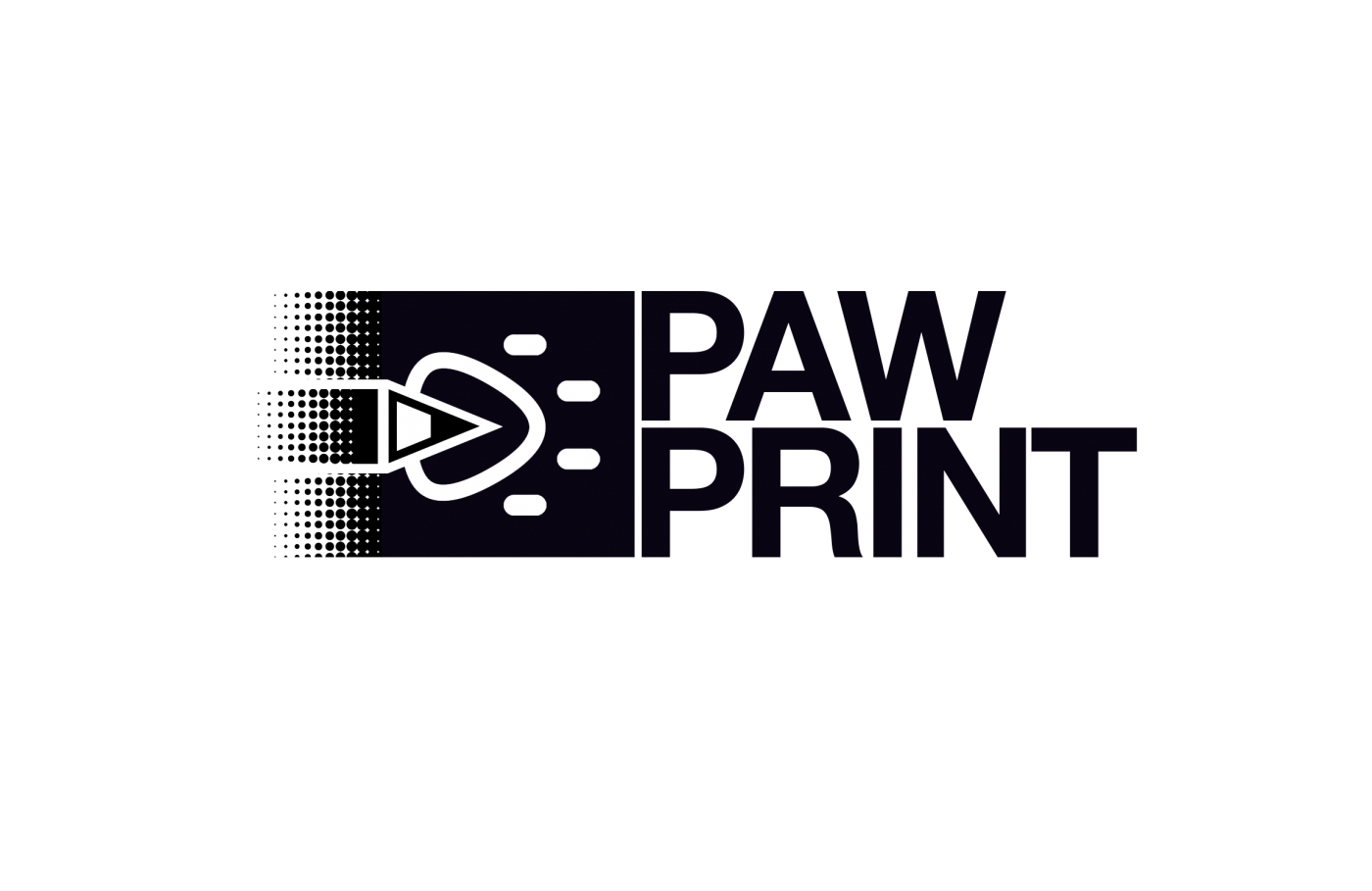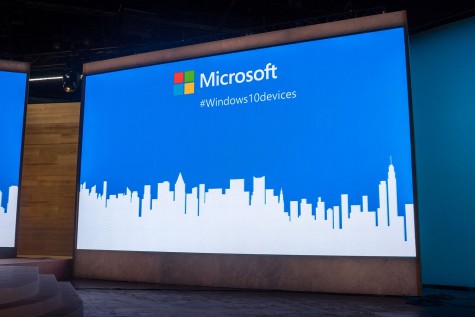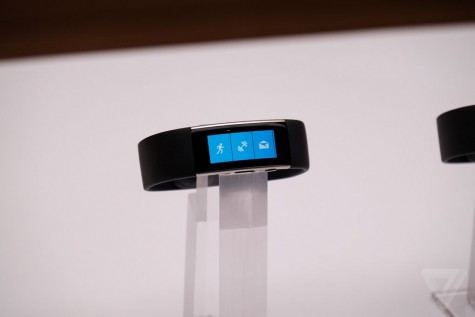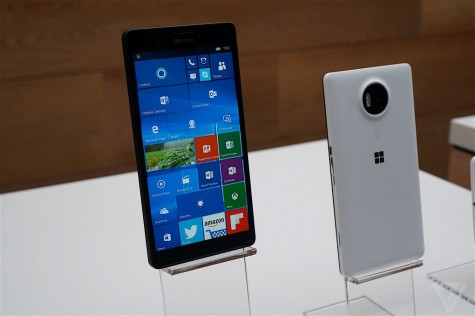Microsoft’s New Hardware
On October 6th, following impressive events from tech giants Apple and Google, Microsoft took the stage to announce its latest products. These new Microsoft devices are the first designed after the launch of its new Windows 10 OS. Through the products announced, the tech world got a glimpse of Microsoft’s vision for Windows 10 on phones, tablets, computers, and even wearables.
The first product Microsoft showed off was the new and improved Microsoft Band. The Band, first introduced last year, is a wearable device that tracks your health and fitness with a variety of sensors. It has separated itself from the Smartwatch crowd with its unique design and support for iPhones, Androids, and Windows Phones. Like last year’s first-generation Band, this year’s version has fitness features, but Microsoft has expanded upon its other functions. Improving the text message functionality of the Band, Microsoft introduced its Cortana voice controls, allowing for quick replies to messages using solely the user’s voice. Microsoft also added a barometer to the Band, allowing for more accurate fitness tracking. Most notably, Microsoft refined the device’s design with a new form factor that’s sleeker, better looking, and more durable than its predecessor. The new Band also costs more: it starts at $249 compared to last year’s $99 price tag.
Microsoft also announced its new flagship phones for 2015: the Lumia 950 and the Lumia 950XL. These two phones are the first designed with Windows 10 in mind and have a few exclusive features. The first, and most exciting, of which is called Continuum. Continuum allows the Lumia 950 and other future Windows phones to become Windows PCs when plugged into a monitor. Using Microsoft’s dock for the phone, users can use a keyboard, mouse, and computer monitor to control their phone like a desktop PC, with the experience of a computer and all the apps and data already on the phone. Another new feature of the 950 is Windows Hello, which uses facial recognition technology to unlock the phone. Both phones have 20-megapixel cameras with Zeiss lenses typical of most Windows phones. The new cameras don’t struggle with low light imagery as much as older Windows phones did. The 950 and 950XL retain the design of the Lumia series, with a matte plastic case and the large Zeiss camera on the back. Inside, the phones have new Qualcomm Snapdragon processors and plenty of RAM to boot, so they should have no problem handling the OS. The 950, with a 5.2-inch display, starts at $549, and the XL, with a bigger 5.7-inch screen, starts at $649.
Next, Microsoft announced an update to its Surface Pro tablet in the form of the Surface Pro 4. The Pro 4 is visually and functionally similar to last year’s Pro 3 but has some refinements and improvements to its design. Microsoft has managed to slim down the profile of the device while maximizing its screen size, expanding it from 12 to 12.3 inches. New processors from Intel make the Surface Pro 4 one of the fastest tablets on the market. According to Microsoft, the Pro 4 is even faster than a MacBook Air. Microsoft has also refined the accessories that accompany the Surface Pro 4. The new Type Cover has a roomier keyboard, a larger glass trackpad, and a new fingerprint sensor. The new Surface Pen connects magnetically to the side of the tablet and features a button to interact directly with Mircosoft’s Cortana assistant. Starting at $899, the Surface Pro 4 is certainly not cheap, but has internals far beyond those of any other tablet.
Finally, Microsoft announced an entirely new product called the Surface Book. Marketed as “the ultimate laptop,” the Surface Book is designed to take on professional laptops like Apple’s MacBook Pro. What separates the Surface Book from the crowd, quite literally, is that its screen separates from its keyboard, allowing for use as both a powerful tablet and a full laptop. The Surface Book’s 13.5-inch touchscreen houses nearly all of its internals and attaches magnetically to its keyboard and trackpad. Using an advanced hinge, the Surface Book allows for a wide range of viewing angles and holds the display firmly in place until it is magnetically ejected. The Surface Book has speeds rivaling those of the MacBook Pro and other expensive computers and starts at $1499.
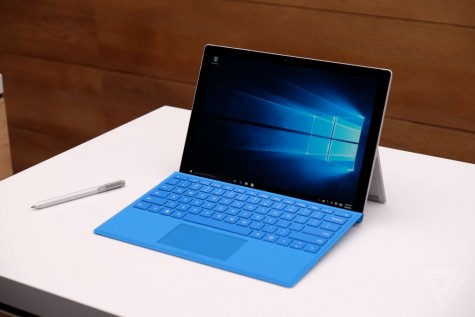
Overall, Microsoft’s event was exciting for anyone who uses its products. Microsoft has demonstrated that it can move its products into the future and be relevant for years to come.

